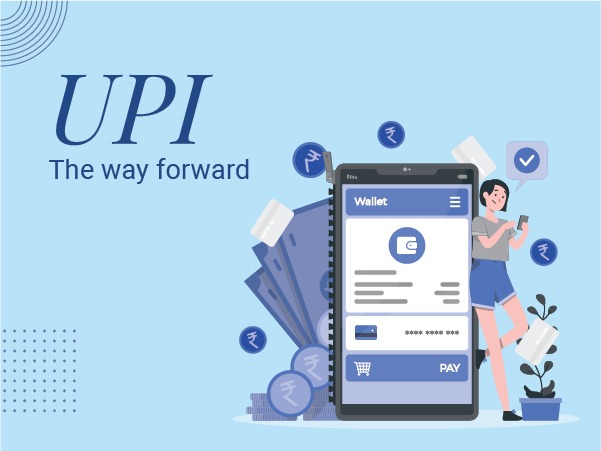The volume of transactions completed using the UPI (Unified Payments Interface) System crossed a significant milestone in March 2022 and was close to crossing another milestone. The volume of transactions on UPI in the financial year 2021-22 crossed the $1-trillion mark, with transactions worth INR 84,17,572.48 crores being processed on this platform. In addition to this, transactions processed in the month of March 2022 alone stood at almost INR 10 trillion.
In addition to the success of the UPI system as showcased through its widespread adoption and the rapid pace of growth, the recently concluded financial year (FY 2021-22) also saw strides being made in the adoption of the UPI platform at an international level. The Reserve Bank of India and the Monetary Authority of Singapore announced plans in September 2021 to link the UPI system with Singapore’s PayNow system, enabling seamless, low-cost transfers between bank account holders in the two countries. This linkage is expected to go live in July 2022. Nepal became the first foreign country to adopt the UPI platform for “the digitalisation of cash transactions”. Going ahead, Nepal’s adoption of the UPI platform could potentially act as a precursor step to opening up cross-border real-time peer-to-peer payments between India and Nepal. These developments – a consistent growth in the number and volume of domestic UPI transactions, adoption of the UPI platform by other countries, and launching cross-border peer-to-peer transaction services with other countries – provide further evidence of the promise of the UPI platform. This promise was recognised early on when tech giants like Google had recommended the UPI as an example that the US Federal Reserve should emulate in its effort to build the FedNow, a new interbank real-time settlement system for the USA.
However, despite all the accolades that UPI has received so far, there are still some drawbacks to the platform which need to be overcome. One of the main challenges to the broader adoption of UPI was the inability of users without smartphones or mobile internet access to access the system (although users could utilise USSD based services to make UPI transactions, this feature was not very popular). NPCI (the organisation that developed the UPI platform) and RBI recently launched the UPI Pay123 system for users without access to a smartphone, mobile internet, and USSD based services in March 2022. This initiative is expected to provide the subsequent surge in new users’ adoption of the UPI platform.
Another concern is the large number of low-value transactions made through the UPI platform. NPCI estimates that 75% of the retail transactions in India are below the value of INR 100 each. When it comes to UPI transactions, this number is equally high, with over 50% of the offline transactions (transactions conducted in physical stores) being less than INR 200 in value (https://bit.ly/3JgZIyo). The low value of these transactions combined with the MDR (Merchant Discount Rate) charges on UPI transactions being reduced to zero doesn’t incentivise the market to develop innovative solutions to meet challenges.
The final concern is about the nature of NPCI itself. NPCI is the organisation operating retail and settlement systems in India. All payment systems like NEFT, ECH, RTGS, IMPS, UPI, etc., are managed by NPCI. This has raised concerns that NPCI may have become too big to fail and business continuity challenges in case of any systems issues facing the payments systems. RBI had recently invited applications from interested banks and companies to form a New Umbrella Entity (NUE) – an exercise which saw active interest from several large Indian banks, Payment aggregators like VISA and Mastercard, and corporates like the Tata group and Reliance group. However, these plans were put on hold for the time being. Given the rapid increase in transaction volume and value of retail digital payments, it may be time for RBI to restart the process of issuing an NUE license (the RBI Governor has recently announced that the NUE applications are under consideration).
The article is written by Dr. Keerti Pendyal, Assistant Professor and Assistant Dean (Outreach & Promotion), Jindal School of Banking & Finance.




